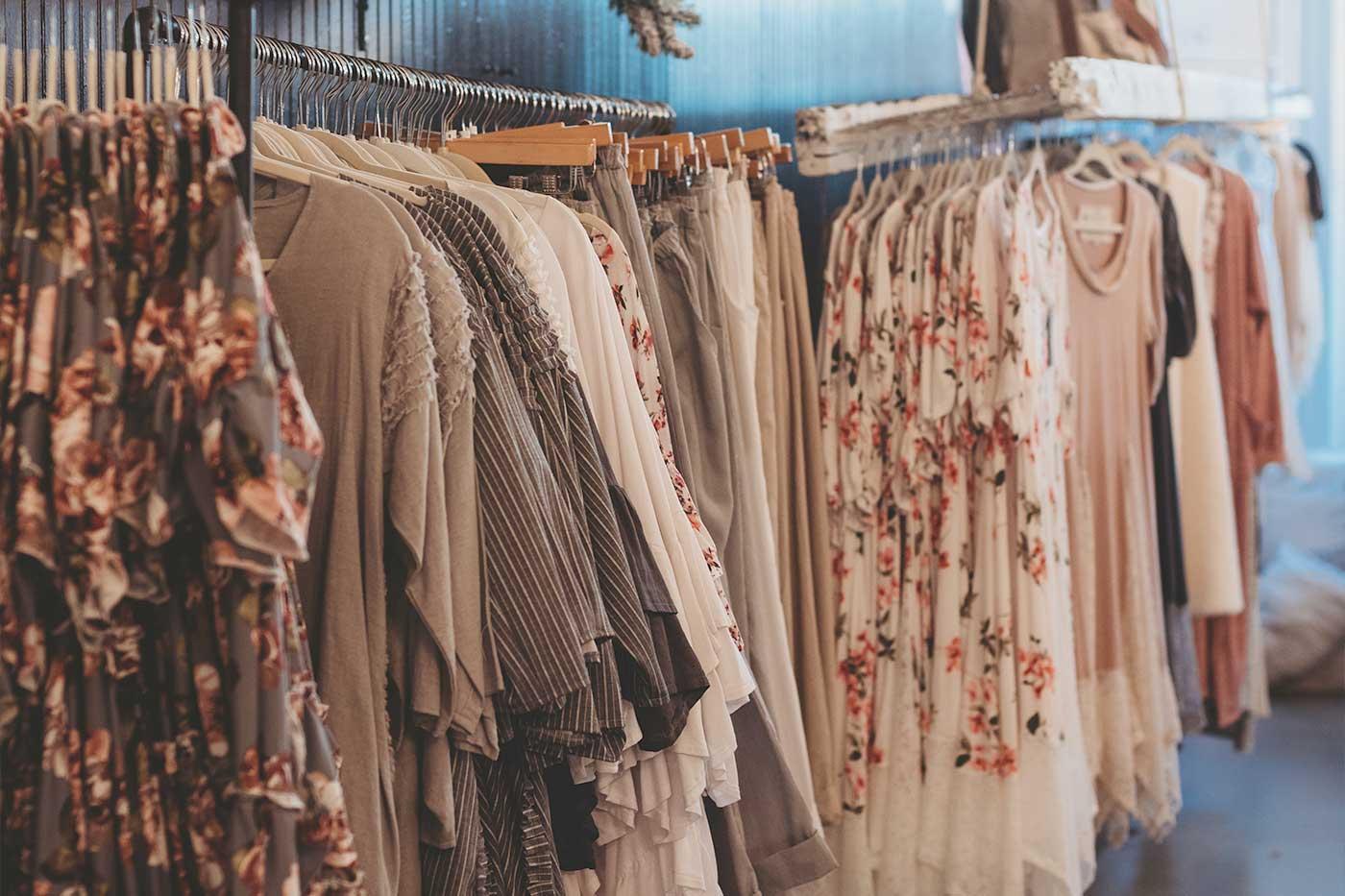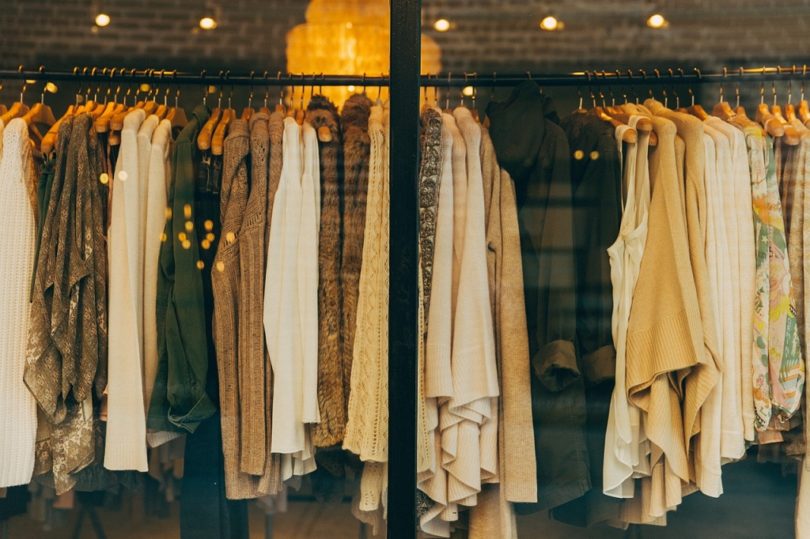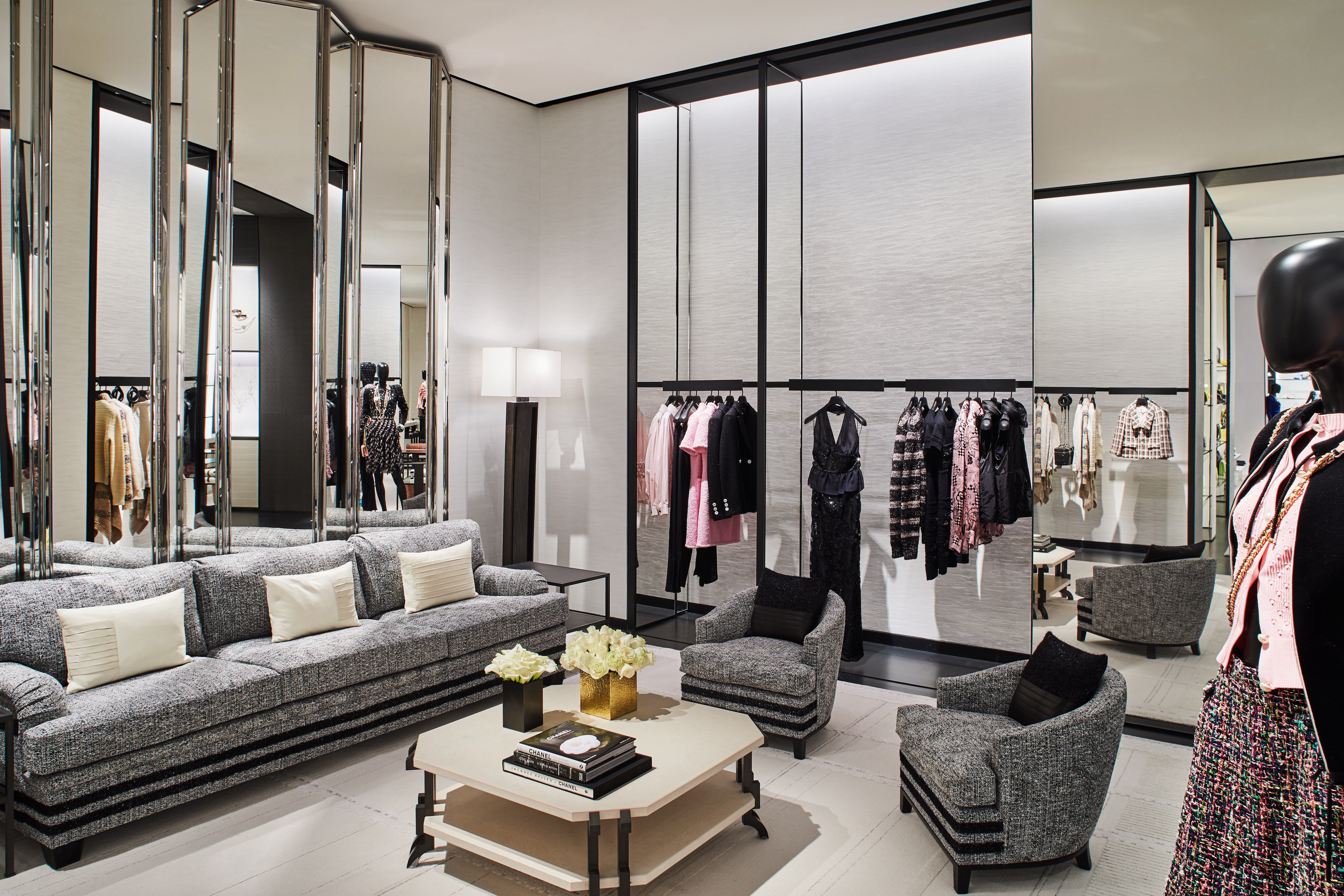Leading 10 Essential Item from Your Favorite Boutique Fashion Shops
Leading 10 Essential Item from Your Favorite Boutique Fashion Shops
Blog Article
A Deep Study the Globe of High-Fashion Runways: Comprehending Clothes as Art
Designers, much like skillful musicians, weave complex stories via textile, shade, and type, redefining and challenging conventional norms charm criteria. As we discover these sartorial eyeglasses, we must ponder: what role does fashion play in forming societal worths, and exactly how does it show the ever-changing tapestry of human feeling and identity?
The Evolution of Runway Shows
The trajectory of path shows has transformed substantially over the decades, evolving from special sector events to captivating spectacles that blend fashion with art. Traditionally, runway shows made love affairs, held in ateliers or little locations, mainly gone to by buyers and sector experts. These early discussions concentrated on the garments' workmanship and business viability, offering a useful and direct screen of seasonal collections.
As the apparel industry broadened, the nature of runway shows began to transform. The 1970s and 1980s noted a turning factor, with designers looking for to distinguish themselves with more staged discussions. This age saw the rise of intricate collections, choreographed versions, and thematic narratives, declaring a brand-new age where the path became an experiential system. The programs transformed into a kind of narration, where each collection shared a distinctive story or concept.
Over the last few years, technology and social networks have additionally revolutionized runway programs, making them obtainable to a global target market. Livestreaming and electronic systems have actually equalized style, enabling lovers worldwide to witness these events in real-time (boutique fashion). This development reflects a broader social shift, where high-fashion runways function as a vibrant junction of performance, advancement, and style
Designers as Enthusiast Artists
Exactly how have designers transcended their duties to become visionary artists? Designers in the high-fashion sector have obscured the lines in between functional garment production and the theoretical world of art. This makeover appears in the method they approach their collections, not simply as garments however as profound expressions of identification, feeling, and culture. By accepting artistic techniques such as sculpture, paint, and avant-garde installments, designers craft garments that test standard fashion standards and elevate them to art forms.
Visionary developers attract motivation from a myriad of resources, consisting of abstract art, historical recommendations, and individual narratives. They possess an unique capacity to imagine and emerge concepts that press the limits of standard fashion, often redefining visual standards at the same time. This innovative resourcefulness is showcased with remarkable shapes, cutting-edge materials, and complex workmanship, which invite audiences to experience fashion as even more than simply wearable products.
Additionally, the path acts as a canvas for these musicians, where illumination, music, and established design coalesce to develop immersive experiences. These discussions are not simply screens of garments but are orchestrated efficiencies that evoke feeling and prompt idea, verifying the designer's role as a true artist in the contemporary cultural landscape.
Cultural Influences in Fashion
Cultural tapestry weaves its elaborate patterns right into the fabric of fashion, affecting designers globally. The dynamic interchange of social stories, customs, and signs informs and influences collections that poise high-fashion runways.
The influence of society on fashion is commonly seen in the reinterpretation of conventional garments and patterns. For example, using Japanese kimonos, Indian saris, or African prints in modern style shows a blend of social credibility and contemporary aesthetics. Designers such as Valentino's Pierpaolo Piccioli and Alexander McQueen's Sarah Burton have actually been understood to integrate abundant social concepts right into their couture collections, translating history into wearable art.

Technology in Textile and Design
Advancement in fabric and layout constantly improves why not try this out the landscape of high-fashion, pressing limits and redefining possibilities. Designers are significantly checking out the integration of technology, such as 3D printing, which allows for the creation of complex frameworks that were previously unthinkable.
In addition, sustainability has become try this web-site a pivotal motif in material innovation. The garment industry is observing a rise in making use of environment-friendly products, stemmed from recycled plastics, natural fibers, and even biodegradable parts. These advancements not just use new structures and aesthetics yet also address vital ecological issues. Designers are embracing these materials to craft garments that are both conscious and visually striking of their ecological footprint.
In terms of design, experimental forms and progressive shapes are constantly transforming the path. By integrating innovative strategies and unique materials, designers grow garments that obscure the line in between fashion and art, setting new standards for imagination and expression in the high-fashion ball.
Influence of Fashion on Society
Style wields an extensive influence on society, acting as both a representation of cultural identity and a stimulant for social adjustment. Through its development, fashion has mirrored social changes, enveloping the zeitgeist of numerous eras. The flapper dresses of the 1920s embodied a newfound sense of females's liberation, while the bold prints of the 1960s resembled the innovative spirit of the time. High-fashion runways, particularly, act as systems for challenging standards and redefining beauty standards. Developers use browse around this web-site these venues to deal with pressing social problems, from sustainability to variety, consequently forming public discourse.
Furthermore, style has the power to bridge social voids, promoting understanding and recognition amongst varied teams. As globalisation accelerates, the cross-cultural exchange of fashion concepts ends up being significantly considerable, advertising inclusivity and variety. The increase of streetwear, originating from metropolitan subcultures, shows how style can transcend socio-economic borders, granting people a way of self-expression and empowerment.
Basically, fashion is not merely regarding aesthetic appeals; it is a dynamic force that affects values, mindsets, and societal development (boutique fashion). By continuously communicating with cultural and social currents, style continues to be an indispensable component of the collective human experience

Verdict
Developers, akin to visionary artists, orchestrate collections that show identification, emotion, and cultural narratives, challenging typical aesthetics. This junction of style and virtuosity not only captivates target markets around the world yet also affects societal assumptions and promotes a deeper recognition for cultural diversity.

Cultural tapestry weaves its complex patterns right into the textile of fashion, influencing developers globally.Fashion wields an extensive impact on society, offering as both a representation of social identity and a catalyst for social modification.
Report this page